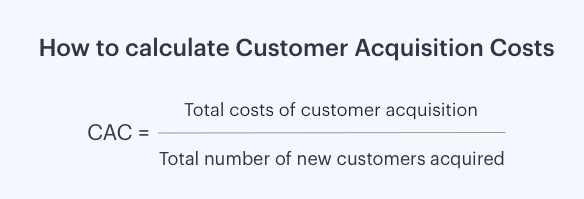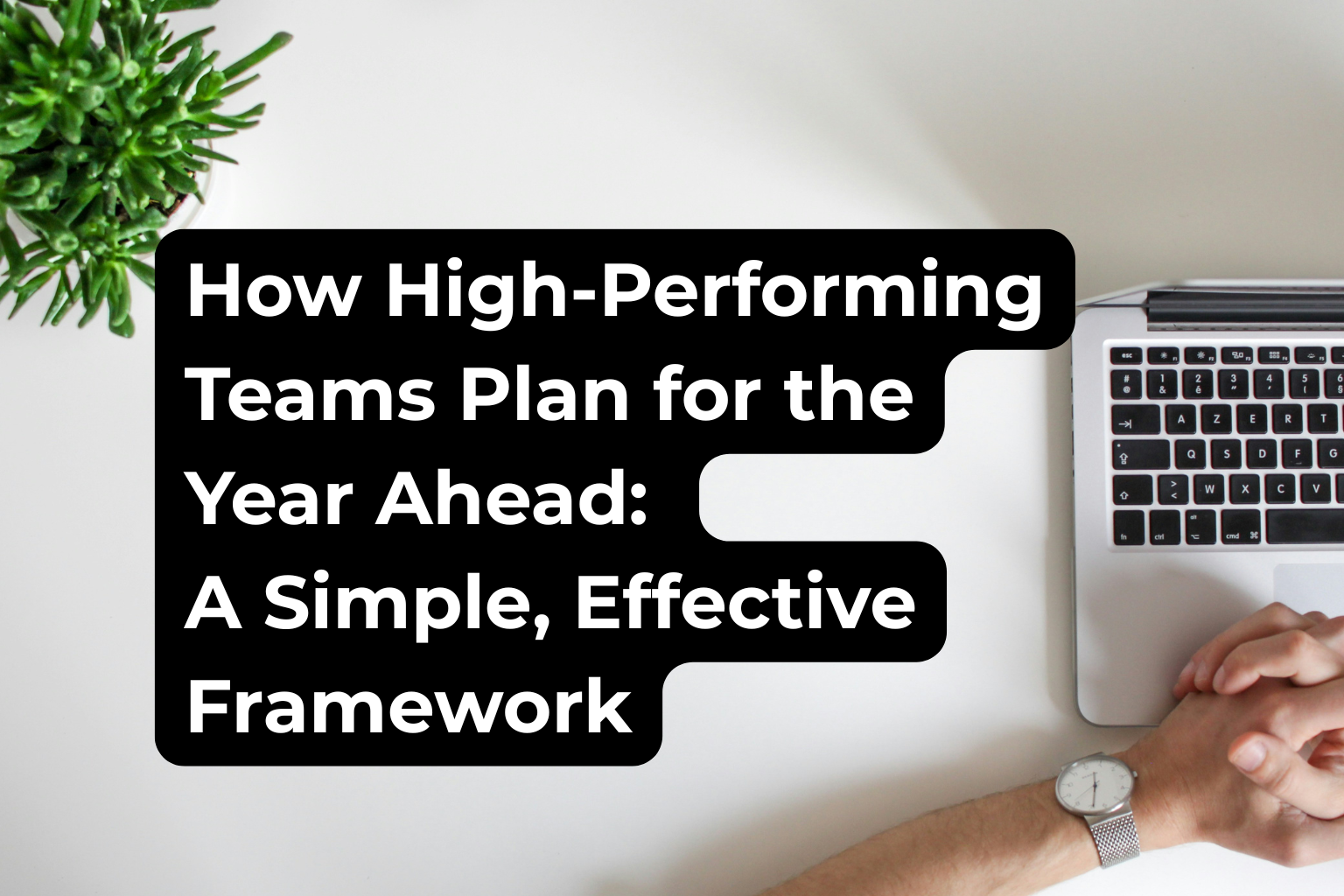One of the questions we get asked the most at Scaled is ‘How do I scale sales and marketing’? The answer is to look to ‘RevOps’ for the answers.
Revenue Operations (RevOps) is a business function that aligns sales, marketing, and customer support operations to drive growth and enhance efficiency. By breaking down silos between these departments, RevOps aims to create a seamless process from lead generation to customer retention, ensuring that all teams work towards common revenue goals.
This approach integrates data and insights across the entire customer journey, enabling better decision-making, forecasting, and strategic planning. Ultimately, RevOps helps businesses optimize their revenue streams, improve customer experiences, and achieve sustainable growth by fostering collaboration and leveraging technology.
Exactly how best to measure the success of any subsequent investment in that area of the business it can be helpful to start with the things that you should be able to track from that team.
To ensure your B2B revenue operations are efficient and effective, it’s crucial to monitor those key metrics. Here are the top seven metrics that will help you track and optimize your revenue streams:
1. Revenue 📊
Tracking the amount of money your business generates is fundamental. However, measuring revenue can vary based on your business model. For example:
- SaaS businesses typically track monthly or annual recurring revenue (MRR/ARR).
- Telecoms focus on average revenue per user (ARPU).
- Agencies look at lots of top line metrics including retained and project revenue totals.
Define the revenue metric that aligns with your business to ensure you’re focusing on the right growth strategies.
2. Revenue Retention 🔄
Revenue growth isn’t just about acquisition; it’s also about retention. Two key metrics to track are:
- Gross Revenue Retention (GRR): Measures the percentage of recurring revenue retained each month, excluding upsells.
- Net Revenue Retention (NRR): Includes all revenue changes, such as upgrades and cross-sells.
These metrics help you understand customer satisfaction and the effectiveness of your sales and marketing processes.
3. Customer Acquisition Cost (CAC) 💸
Attracting new customers costs money, so it’s essential to track CAC. Calculate it with this formula:

A high CAC indicates inefficiencies in your marketing or sales processes. Compare CAC to customer lifetime value (LTV) and track your payback period to ensure sustainable growth.
4. Sales Pipeline Velocity 🚀
Pipeline velocity measures how quickly leads move through your sales funnel and convert to paying customers. Calculate it using:

High pipeline velocity suggests alignment between sales and marketing teams, leading to efficient conversion rates.
5. Customer Churn Rate 🔄
Churn rate is the percentage of customers who stop paying for your product within a given period. High churn rates can severely impact growth, indicating issues with customer support or product satisfaction. Monitor churn to identify and address retention problems early.
6. Sales Forecasting 📈
Sales forecasting involves predicting how much your sales team will sell in a given period. Accurate forecasts require alignment between sales, marketing, and customer support. Use tools in your CRM and metrics like sales velocity to create reliable forecasts and track progress.
7. Renewals, Upgrades, and Cross-sells 🔄
Long-term customers often spend more than new customers. Tracking renewals, upgrades, and cross-sells helps maximize customer lifetime value (CLV). Revenue operations teams can develop strategies to engage existing customers and identify opportunities for upsells and cross-sells.
BONUS METRIC: Conversion Rate 🔀
Conversion rate is the percentage of leads that become paying customers. This metric highlights the effectiveness of your sales funnel. Revenue operations teams can provide insights into why leads aren’t converting and foster collaboration between sales and marketing to improve lead quality and conversion rates.
By monitoring these eight essential metrics, you can gain valuable insights into your revenue operations, optimize your sales and marketing efforts, and drive sustainable growth.
Want help with the scaling of your B2B sales and marketing efforts? Drop us an email and we will happily walk you through it.



